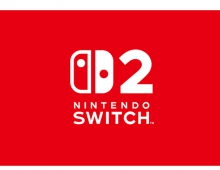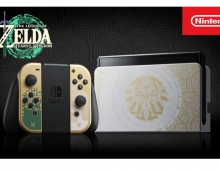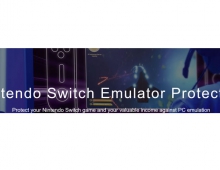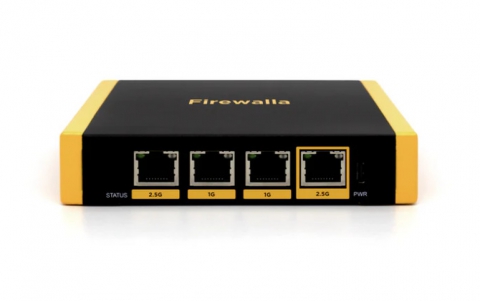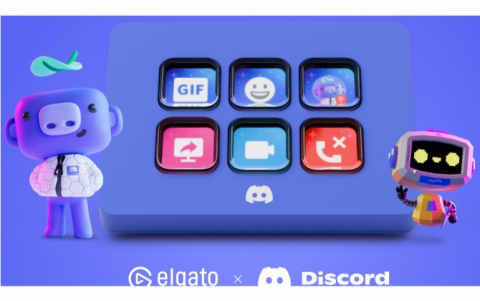
Nintendo Unveils Next Generation Game Controller
Nintendo surprised the game industry on Friday with an unconventional one-handed controller for its next-generation "Revolution" console that aims to draw in new players.
Motion detector sensors in the controller, which resembles a TV remote, allows players to control the game by wielding it like a sword, waving it like a conductor's baton, or swinging it like a baseball bat.
depending on the game, Nintendo President Satoru Iwata said in a keynote session at the Tokyo Game Show.
"It's designed like a TV remote because that's familiar to everyone including those who are intimidated by a two-handed controller," said Iwata. "Its intuitive form allows both experienced and new gamers to stand on the same starting line."
Nintendo unveiled its console, code-named "Revolution," in May, and said it would launch in 2006. Although the Revolution's controllers are public, Nintendo has yet to reveal details about the console's hardware. Nintendo says that the console will give users access to more than 20 years of games from past Nintendo consoles.
The company had kept its controller under careful wraps, fearing its rivals would copy its idea.

"Revolution" will be competing with Microsoft Xbox 360, which will launch in November, and Sony Playstation 3, expected to launch next spring.
Nintendo dominates the $25 billion portable game industry, but its current GameCube console lags far behind market leader Sony's current generation Playstation 2.
Nintendo's new controller is mainly operated by sensor, which it calls "a direct pointing device" even though it has a control pad and buttons. It also has an expansion to plug in a joystick-like second device.
Iwata said its "Revolution" console and controller was designed to increase the gaming market by drawing in new users across all ages who might be scared off by today's complex and fast action games.
Iwata also said he hoped "Revolution" would give small developers an opportunity to create games for a next-generation console without the multi-million dollar budgets and the years of development time required for today's top titles.
Iwata said he was looking forward to seeing how developers will use the pointer, which could be used for both quick action or slow, precise motion. A Nintendo video during the keynote even showed one player using the controller as a dentists' drill.
"It's designed like a TV remote because that's familiar to everyone including those who are intimidated by a two-handed controller," said Iwata. "Its intuitive form allows both experienced and new gamers to stand on the same starting line."
Nintendo unveiled its console, code-named "Revolution," in May, and said it would launch in 2006. Although the Revolution's controllers are public, Nintendo has yet to reveal details about the console's hardware. Nintendo says that the console will give users access to more than 20 years of games from past Nintendo consoles.
The company had kept its controller under careful wraps, fearing its rivals would copy its idea.

"Revolution" will be competing with Microsoft Xbox 360, which will launch in November, and Sony Playstation 3, expected to launch next spring.
Nintendo dominates the $25 billion portable game industry, but its current GameCube console lags far behind market leader Sony's current generation Playstation 2.
Nintendo's new controller is mainly operated by sensor, which it calls "a direct pointing device" even though it has a control pad and buttons. It also has an expansion to plug in a joystick-like second device.
Iwata said its "Revolution" console and controller was designed to increase the gaming market by drawing in new users across all ages who might be scared off by today's complex and fast action games.
Iwata also said he hoped "Revolution" would give small developers an opportunity to create games for a next-generation console without the multi-million dollar budgets and the years of development time required for today's top titles.
Iwata said he was looking forward to seeing how developers will use the pointer, which could be used for both quick action or slow, precise motion. A Nintendo video during the keynote even showed one player using the controller as a dentists' drill.



